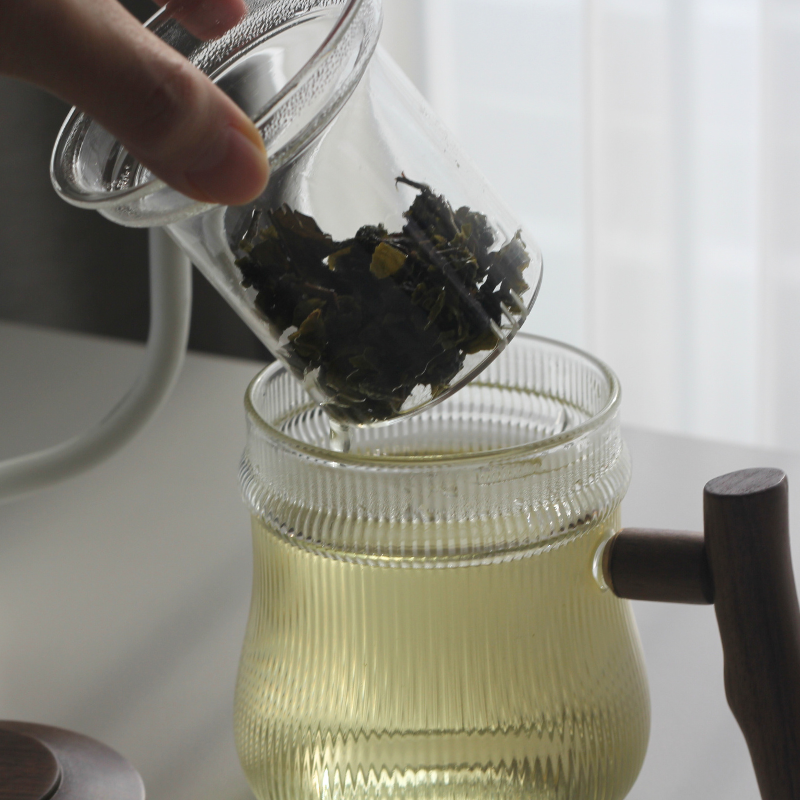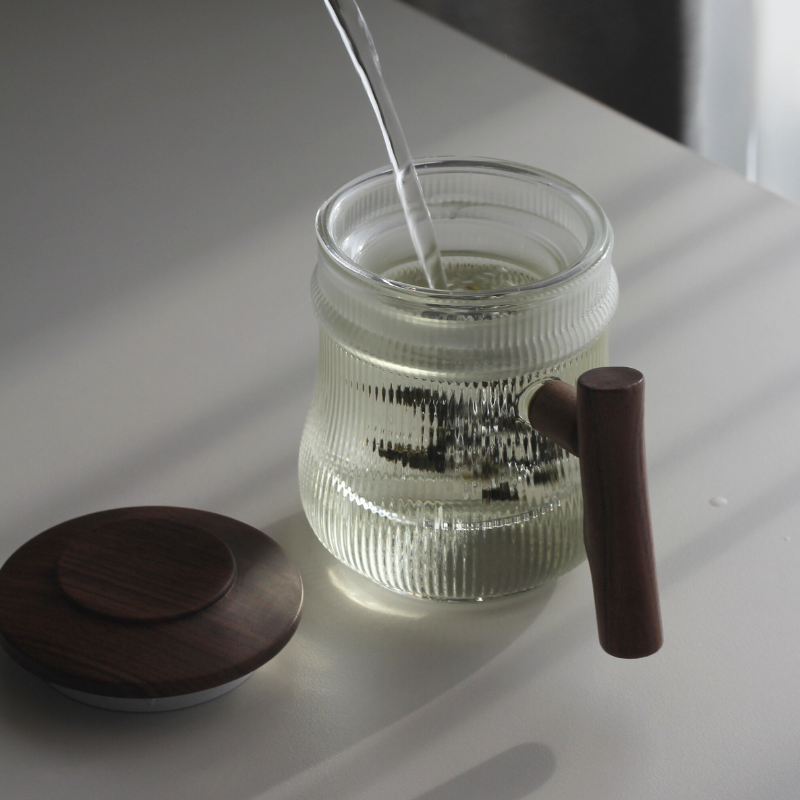TEA JOURNEY [10] | Tea's Botanical Story
Scientifically known as Camellia sinensis or Thea sinensis, an evergreen tree belonging to the Camellia family, the tea tree boasts many intriguing varieties, distinct characteristics, and a fun history that we don't quite understand.

1. Sinensis: Essence of Chinese Tea
Sinensis showcases dainty olive green leaves, capturing the artistry of Chinese tea. Its flavors are subtle and nuanced. Sinensis translates "from China," highlighting the rich heritage and deep cultural significance of this variety rooted in the East Asia's tea motherland.
2. Assamica: Vibrant Flavors of India
Assamica, found in India's Assam region, boasts lighter leaves and offers robust, bold flavors. The leaves take a lighter hue, and the trees flourish in the fertile soils and humid climate of the Assam region. This results in teas cherished for their malty notes and invigorating flavors.
3. Cambodiensis: Rare Discovery from Cambodia
Cambodiensis is a lesser-known variety, rarely cultivated. Its exclusivity invites exploration.
Let's dive into more botanical knowledge about the tea trees.
1. Pekoe: Delicate Tea Shoots
Pekoe, meaning "fine hair" in Chinese, refers to the young tea leaves covered in soft white fuzz, heralding exquisite flavors and aromas.
In Korea, this is described as one-shoot-two-leaves 일아이입 一芽二葉 to describe the tiny leaves--comparable and made into epithet as a sparrow's tongue--that require meticulous care when picking and preparing.
2. Floral Elegance: Tea Tree Blossoms
Tea tree flowers, with pure white petals, grace the branches, emitting a gentle fragrance and creating captivating clusters. The flower has five petals and bloom individually or in clusters.
The tea flowers are essentially camellia flowers that we know and love. Can't remember? Well, the French luxury brand Chanel's famous flower logo is in fact a camellia flower!
3. An Ancient Journey: Tea's Historical Path
Tea's story dates back approximately 2,700 years to China, where Emperor Shennong discovered its captivating allure. The emperor was renowned for his pursuit of health and longevity -- and explored into finding the secrets and remedies to eternal youth 長生不老.
The story goes that while boiling water one fateful day, tea leaves gracefully danced their way into the pot, imparting their exquisite aroma and enticing flavors. With its health benefits, tea quickly became an elixir embedded in Chinese culture.






![TEA JOURNEY [13] | Tea Tasting Terminology](http://tingeofsoul.com/cdn/shop/articles/IMG_3072.jpg?v=1686898175&width=1080)
Leave a comment